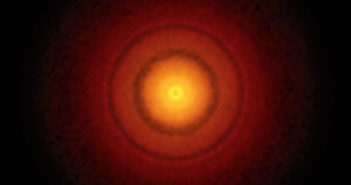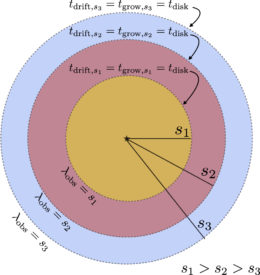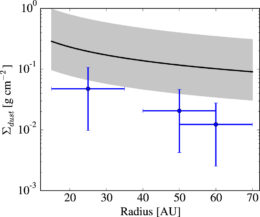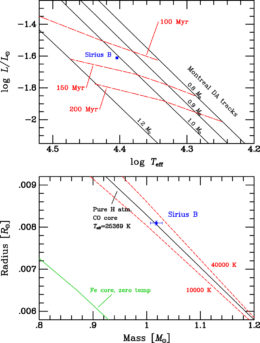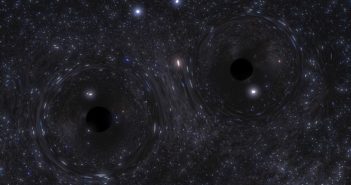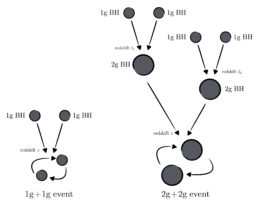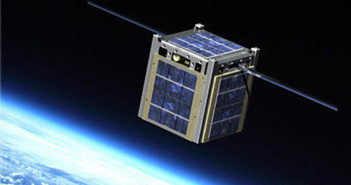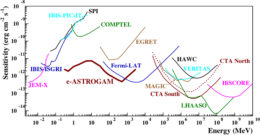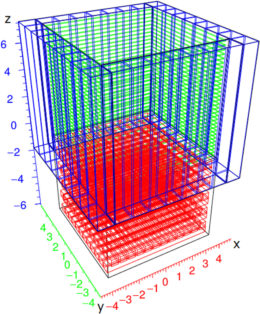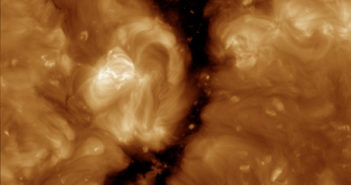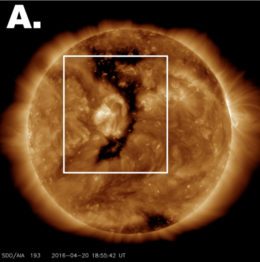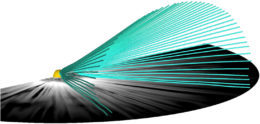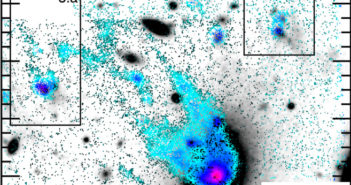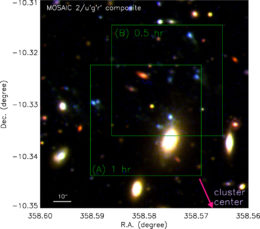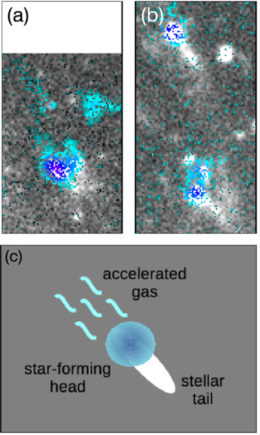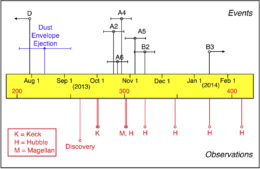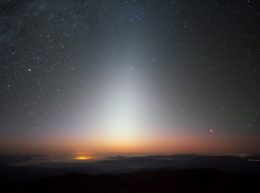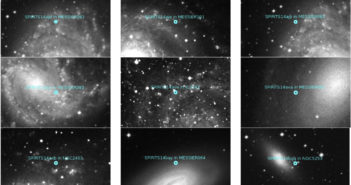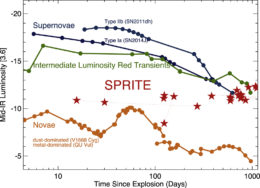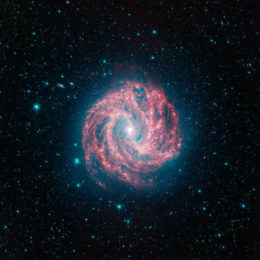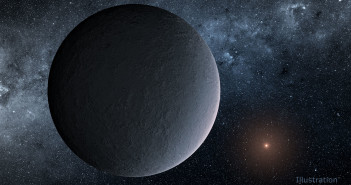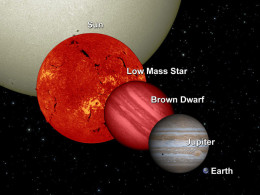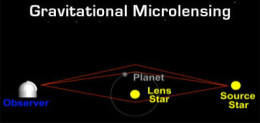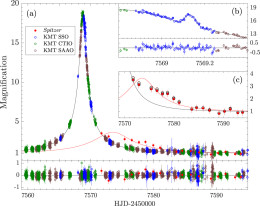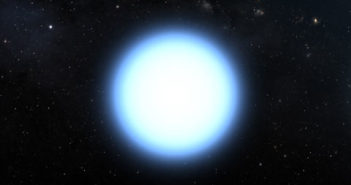
Rapid Rotation of a Heavy White Dwarf
New Kepler observations of a pulsating white dwarf have revealed clues about the rotation of intermediate-mass stars.
Learning About Progenitors
Stars weighing in at under ~8 solar masses generally end their lives as slowly cooling white dwarfs. By studying the rotation of white dwarfs, therefore, we are able to learn about the final stages of angular momentum evolution in these progenitor stars.
Most isolated field white dwarfs cluster in mass around 0.62 solar masses, which corresponds to a progenitor mass of around 2.2 solar masses. This abundance means that we’ve already learned a good deal about the final rotation of low-mass (1–3 solar-mass) stars. Our knowledge about the angular momentum of intermediate-mass (3–8 solar-mass) stars, on the other hand, remains fairly limited.

Fourier transform of the pulsations from SDSSJ0837+1856. The six frequencies of stellar variability, marked with red dots, reveal a rotation period of 1.13 hours. [Hermes et al. 2017]
Record-Breaking Find
A newly discovered white dwarf, SDSSJ0837+1856, is now helping to shed light on this mass range. SDSSJ0837+1856 appears to be unusually massive: it’s measured at 0.87 solar masses, which corresponds to a progenitor mass of roughly 4.0 solar masses. Determining the rotation of this white dwarf would therefore tell us about the final stages of angular momentum in an intermediate-mass star.
In a new study led by J.J. Hermes (Hubble Fellow at University of North Carolina, Chapel Hill), a team of scientists presents a series of measurements of SDSSJ0837+1856 that suggest it’s the highest-mass and fastest-rotating isolated pulsating white dwarf known.
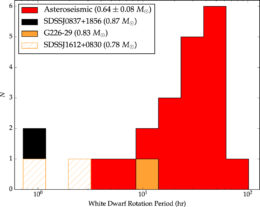
Histogram of rotation rates determined from the asteroseismology of pulsating white dwarfs (marked in red). SDSSJ0837+1856 (indicated in black) is more massive and rotates faster than any other known pulsating white dwarf. [Hermes et al. 2017]
Rotation from Pulsations
Why pulsating? In the absence of measurable spots and other surface features, the way we measure the rotation rate of a star is using asteroseismology. In this process, observations of a star’s tiny oscillations can reveal information about its internal structure and rotation.
Hermes and collaborators used Kepler K2 observations spanning nearly 75 days — in addition to ground-based follow-up and spectroscopy — to estimate the white dwarf’s rotation period based on its observed internal pulsations. The resulting rotation rate, 1.13 ± 0.02 hours, is the fastest rotation period ever measured for an isolated pulsating white dwarf.
Placing SDSSJ0837+1856 in the context of other white dwarfs with measured rotation periods, the authors argue that there seems to be a connection between the highest-mass white dwarfs and the fastest rotators. More observations of this kind will help us to determine whether this is a general trend that tells us something significant about the angular momentum evolution of intermediate-mass stars.
Citation
J. J. Hermes et al 2017 ApJL 841 L2. doi:10.3847/2041-8213/aa6ffc

